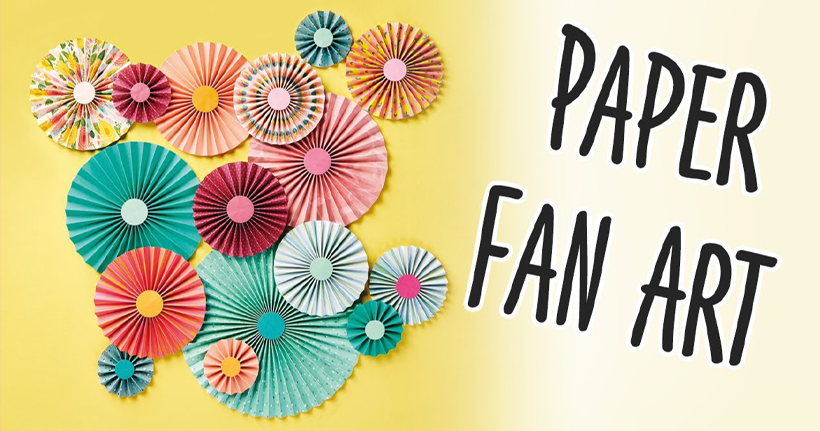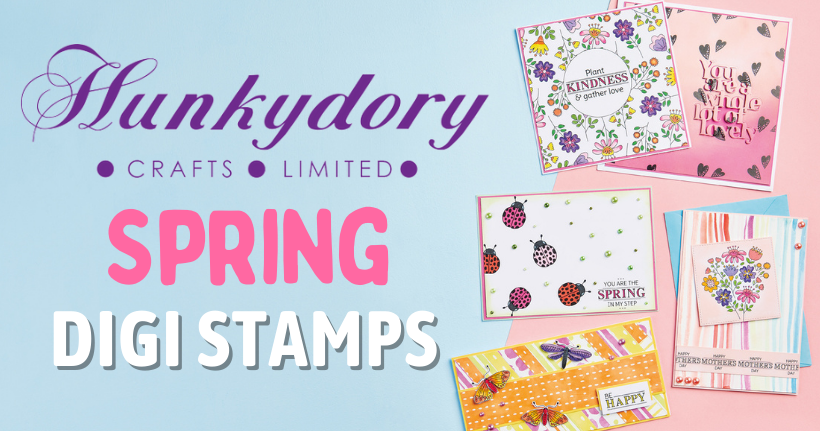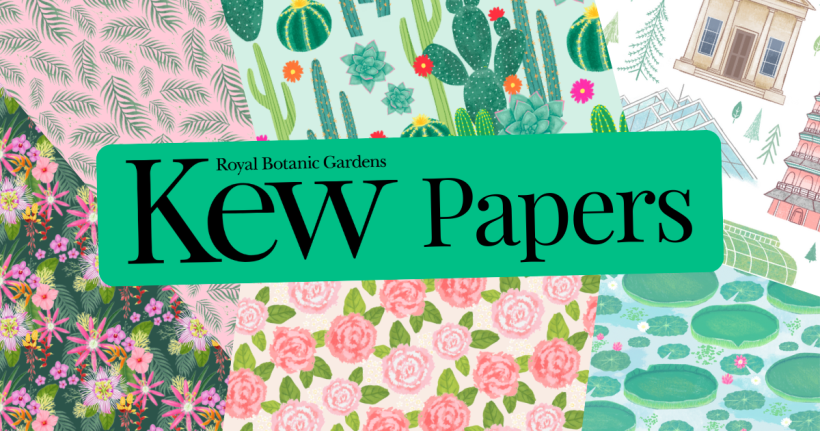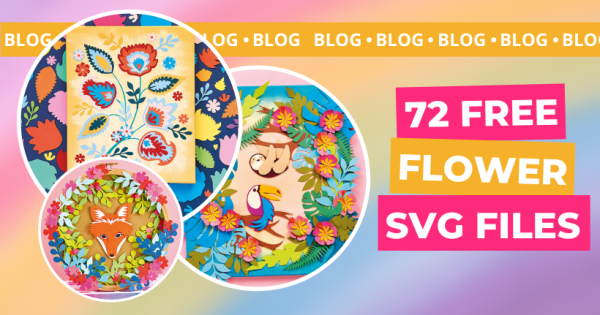
FREE Flower SVGs: 72 Floral Cutting Files
We all know that some floral crafting is a one-way ticket to success. That’s why we’ve put together a collection of 72 FREE flower SVG cutting files for you to enjoy. From...
We are currently undergoing maintenance and currently you may be unable to login to your account. Please bear with us, this should be resolved shortly.
For many crafters, making a multi-layered masterpiece is the easy part – it’s what goes inside that can be tough. Is there a card you’ve been meaning to write but haven’t known how to start? With this blog, we hope to offer some pointers on those tricky situations.
_820_431_s_c1.png)
1. The Apology Card
.jpg)
One of the hardest cards to write. Pride makes fools of us all, and it’s disheartening to dwell on the amount of friendships and relationships that were left unresolved because one party, or both, refused to put grievances aside and empathy first. So this is important and, as a result it’s not easy. If you’re struggling to find motivation to try this, here’s a simple and effective exercise: how many lives would improve if you made up with this person? Realising that other people will be affected positively by your attempt to patch things up is powerful. However you get there, there’s not many hearts that won’t be thawed by an obvious display of crafting effort – we like soft blues and pink shades on a neutral cardstock. Floral imagery is a great place to start – spring and summertime motifs signal new beginnings.
‘I’m writing to apologise to you’. Be adamant, be confident. If you don’t believe in your apology they won’t either! You don’t need to go into detail of what you did wrong, but you do need to when it comes to why you’re sorry: ‘I betrayed your trust’. Even if your situation requires an apology from both for anything to be resolved, avoid the tendency to write things like: ‘Even though we were both in the wrong, I’m apologising because…’. the idea is to allow them to reciprocate the apology organically. If you’ve already done that, not only do you rob yourself of a genuine, equivocal reconciliation – you also rob them of the catharsis that comes from admitting a mistake.
The hardest card to write. It has to be said that this is where cardmaking comes into its own – a text message can seem callous, and phone-calls aren’t guaranteed to be answered at a tough time. As far as the design of your card goes, the colour scheme is, to an extent, discretionary – people tend to opt for inoffensive tones along with a minimal design – but there are instances where a bit of cheer and vigour may actually give those grieving a small boost, especially if it reflects the personality of the person that passed. On that note, open field designs with striking pastel colours can evoke themes of afterlife, and are often especially comforting to those of a religious nature.
On to the contents: as natural as it may feel, avoid using the word ‘loss’. They could do without reminders, however minuscule, that they are missing someone. Focus on the person as an entity, as they were alive: ‘I remember [insert name] at your wedding. He/she was radiant’. Position them in the context of something positive, especially if it pertains to the person you’re comforting: ‘You made them so proud. It’s clear where you got your caring nature from’, or ‘you were so alike’. Reminding them of the things they shared with the deceased gently embeds the fact that a part of them still remains, and always will. Focus on the vibrancy of their life, reinforce the availability of your compassion, and, wherever possible, deliver the card in person. A hug and a kiss will never go amiss.
3. The ‘I’ve Been Thinking About You’ Card

Reminiscing on a friendship, or a relationship, is a unique feeling. It’s odd to think there are people that fundamentally changed us whom we haven’t spoken to in years. Regardless of the situation, we all have moments where we are reminded of these people – it could be a half-heard song, revisiting a place from your childhood, or just an errant thought. Too much of life is spent thinking about things we should have done, so if you’re thinking about someone, let them know.
We like a small sized card for this, think understatement – if you’re searching for inspiration, a nice idea could be to vaguely capture an image of a place you both share. Perhaps a beach, a town, a house from your past. Tone wise, we suggest respectful and appreciative as a rule: ‘I know it’s been many years, but I just wanted to thank you for our time together. I hope you are doing well’. A short update on your situation would not go amiss, and even a contact to get in touch, where appropriate.
4. The ‘I Don’t Say I Love You Enough’ Card
In an ideal world, the people we love would know how much they mean to us – but, as is the rule with life, things are rarely that easy. It can be hard to express how much we love someone – maybe you can’t seem to find the right words, maybe you’ve recently had a falling out, maybe you’ve just never had the chance. We suggest bold colours, with an imaginative, sweeping design – make it as complicated as you want, you should enjoy making this nearly as they should receiving it – intricate animal stamps or die-cuts can work wonders without also taking hours.
Instead of ‘I hope you know that I love you so much’, try a stronger statement – this isn’t the time to hold back: ‘Know that I love you. Always have, always will’. Definitely include the things that you love about them. Discuss the positive impact they have not only on you, but the world at large. The card can be about letting them know that they’re loved – not just by you. And always, always reinforce your availability ‘I am always here’. In the relentlessly fast-paced scrum of modern life, those closest to us can easily forget how much they are cherished. Remind them!
5. The Forgiveness Card
.jpg)
Arguably a more intimidating card than any other to make. Why? Because not only is being selfless extremely difficult, it also offers a great capacity for change, and that can be scary. Many of us have held grudges for years, perhaps justifiably – but the toll of holding hate for someone who wronged you a long time ago can be draining. So, forgive – if not for them, for yourself. The situation will be different for everyone, and, as such, the card will be too – though we strongly advise against any sentiments on the front, as a huge ‘I forgive you’ can come across as gaudy and holier than thou. Floral imagery with a range of colours works well (again using that motif of new beginnings), but, as with humans, its what’s inside that truly matters with this one. Balance is the key, here – as tempting, and as justified, as it may be to rub in the fact that you are being the better person, making them feel worse than they already feel won’t make you or them feel any better.
An attempt to sympathise with them can be a good start: ‘How many years have we wasted?’. If you want to mention what they did wrong, that is your right – this card is about opening a new chapter, not rehashing old ones. By forgiving, and letting a person know they have been forgiven, you do something very powerful – you allow a weight to be lifted off another one’s shoulders, but you also replace a part of you that was holding onto hatred. Refocus that energy on something more positive.

We all know that some floral crafting is a one-way ticket to success. That’s why we’ve put together a collection of 72 FREE flower SVG cutting files for you to enjoy. From...
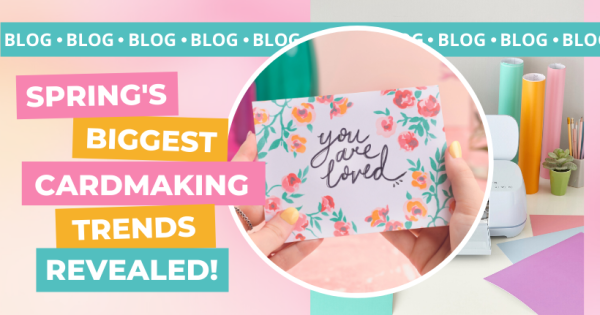
From the customisation craze to the year’s coolest colour, say ‘Hi’ to spring’s biggest cardmaking trends. We have assembled the products to buy and projects to try in your cardmaking this spring with one...
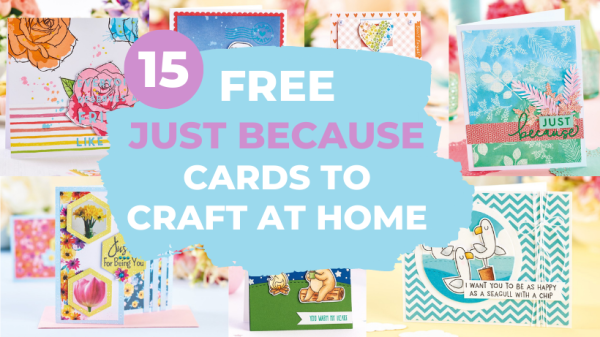
Just because cards have become a popular trend in recent years, showcasing our need for kindness and caring in the modern world. Ready to be sent to anyone at any...


